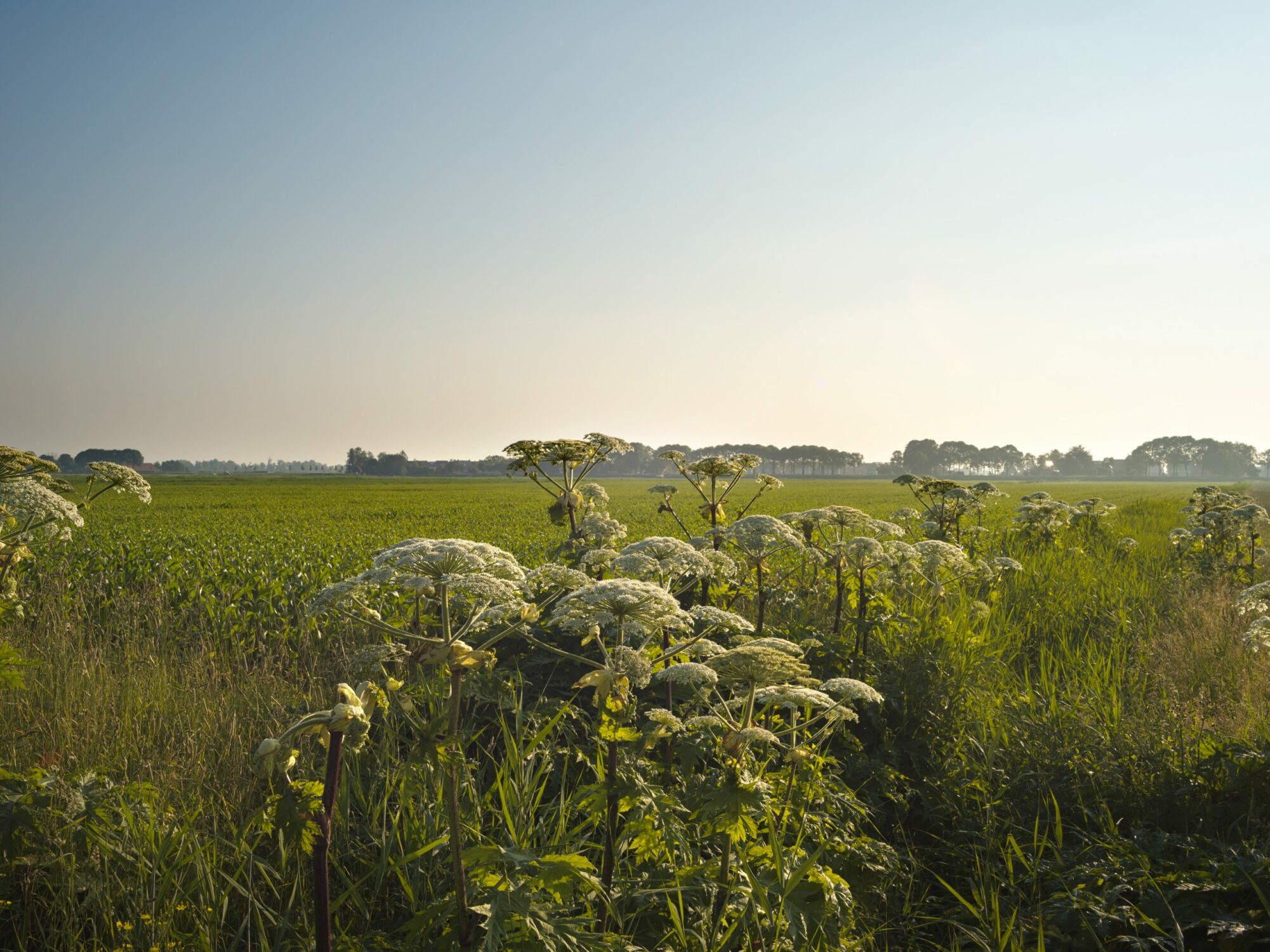
“I feel it’s my job to produce a good crop each year, in collaboration with nature, so that I can serve humanity with good food. At my age I am aware that I’m very insignificant and entirely dependent on what nature gives me or takes from me.”
Piet van Zanten
Groningen, the Netherlands

It is a family farm, and Piet’s sons are the sixth generation to work this land.
As well as Ommelander wheat they grow marrowfat peas known as Raasdonders. This typical Dutch legume is an ancient crop grown for at least 7,000 years. The marrowfat pea is a kind of bean grown only in the Low Countries, and until the 1980s they were cultivated on a fairly large scale in the provinces of Groningen, Friesland and Zeeuws-Vlaanderen.
For the farmer legumes are a great crop, since they fix nitrogen while they grow, leaving it in the soil after the harvest where it benefits the next crop. Legumes therefore ensure a healthy soil.
Het Geweide Hof
This biodynamic farm grows “old crops” on around eighty hectares, plants that have not been grown for many years. Indigenous seeds are used to grow various old varieties of grain, legumes and seed crops in open fields



“I started to object more and more to the intensive use of chemical herbicides and pesticides, and artificial fertilizer. I developed a real aversion to the use of these things.”
Piet van Zanten
Groningen, the Netherlands

“Unlike mainstream farming, with organic farming you work with nature rather than overruling nature.”
Piet van Zanten
Groningen, the Netherlands


“In other words, after working the soil and sowing the seed, ...
..God’s water falls on God’s field and it’s a matter of hoping all will be well”
Piet van Zanten
Groningen, the Netherlands
Growing 'old' crops
From marrowfat peas to violet artichokes and fifty varieties of tomatoes.



